#artist is emil jakob schindler
Explore tagged Tumblr posts
Text
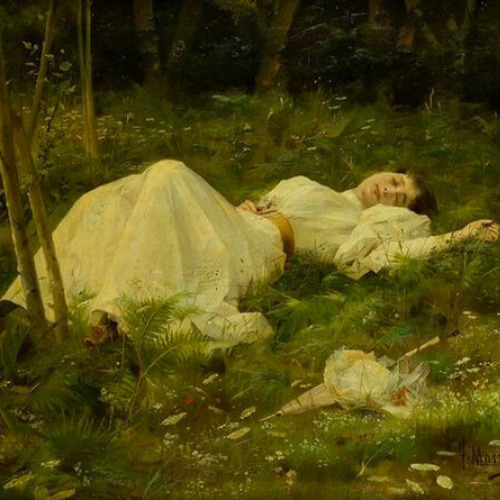
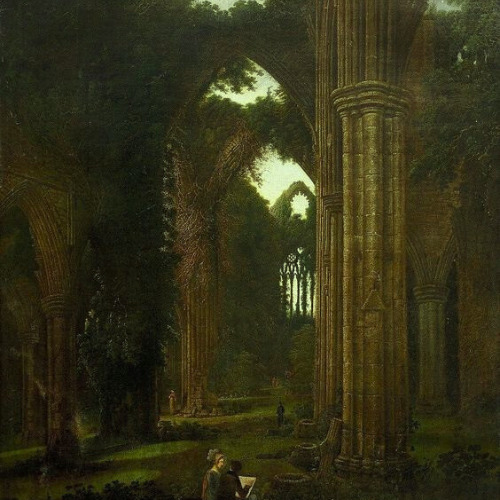
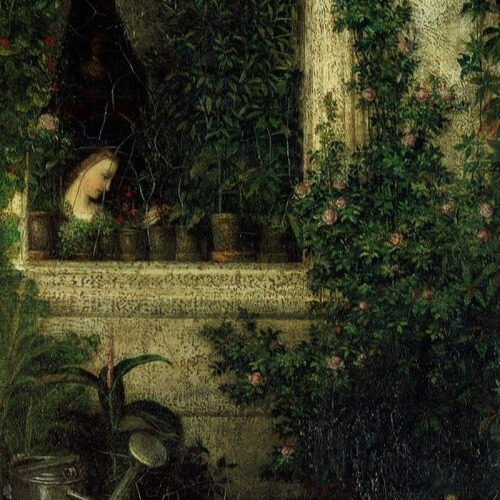

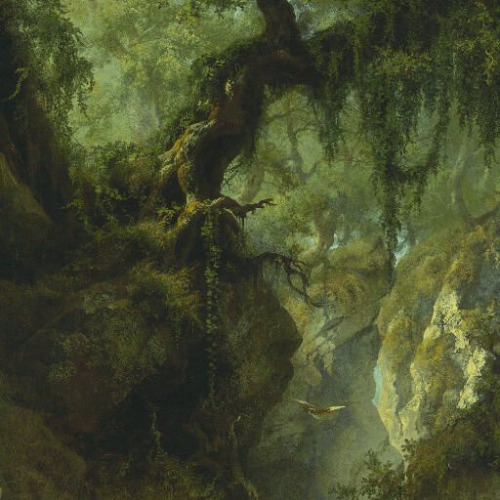
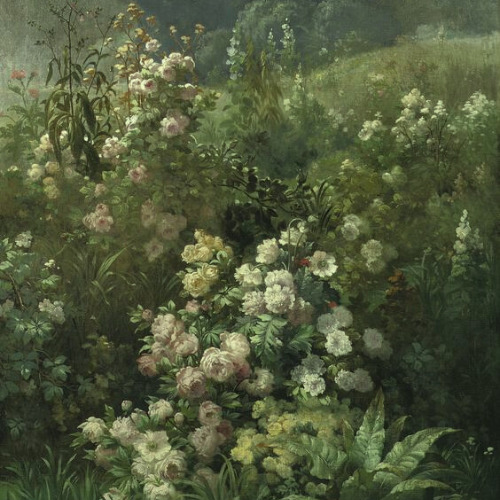

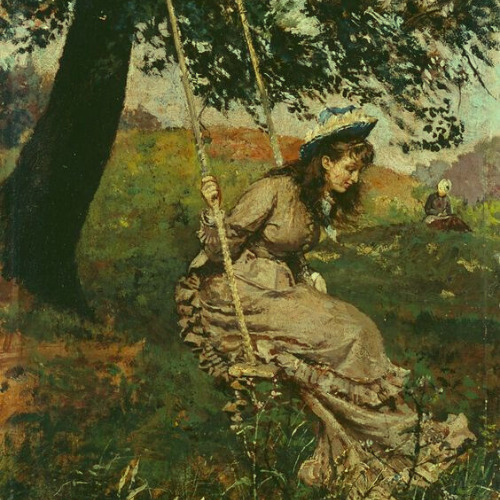
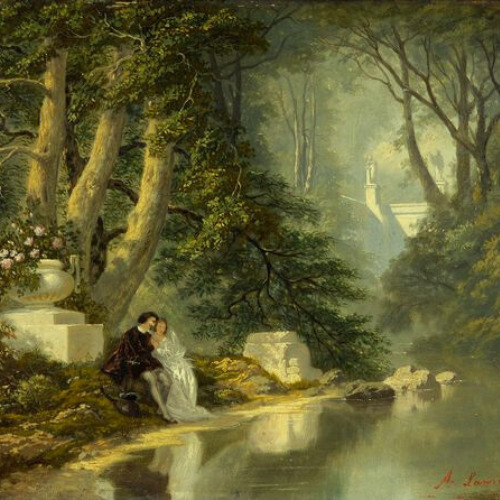
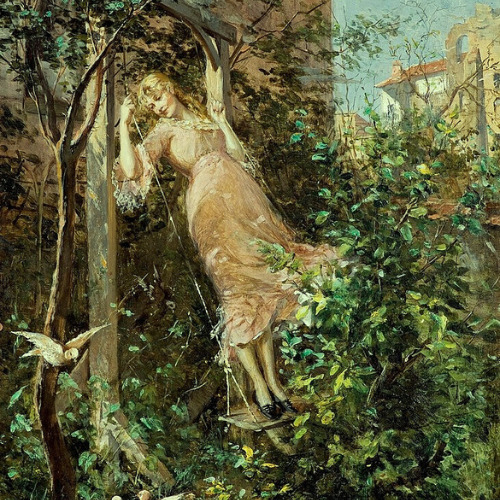
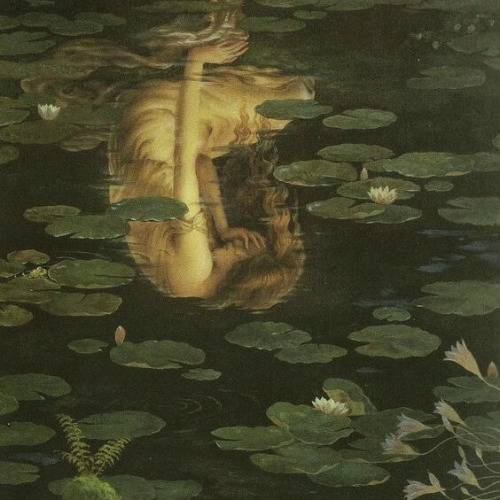

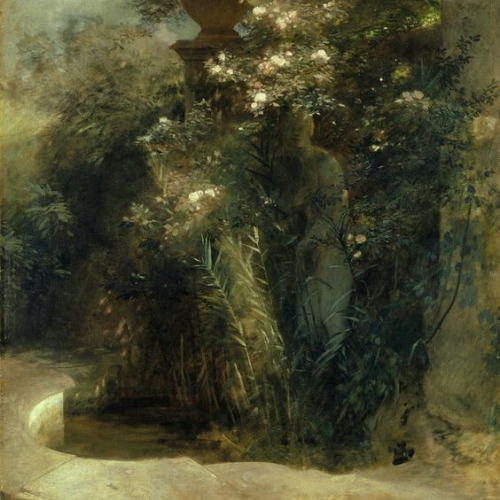
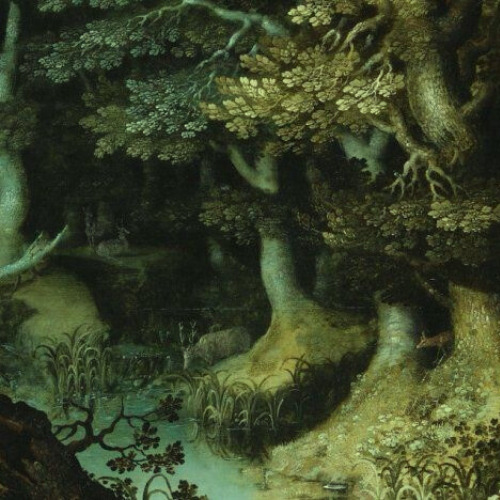

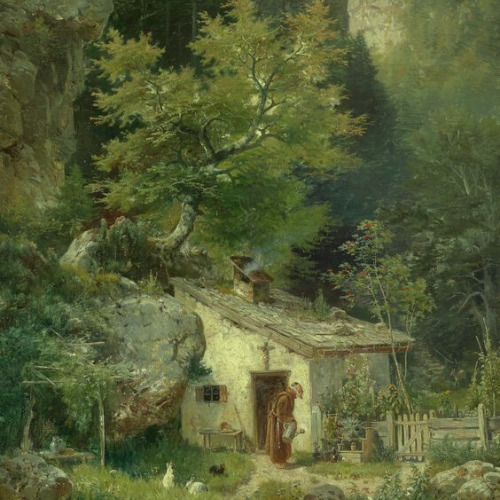
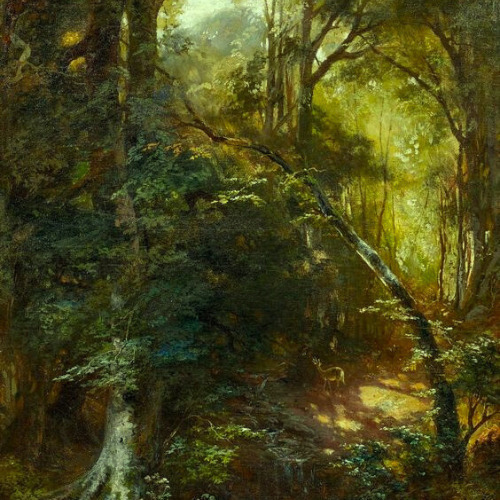


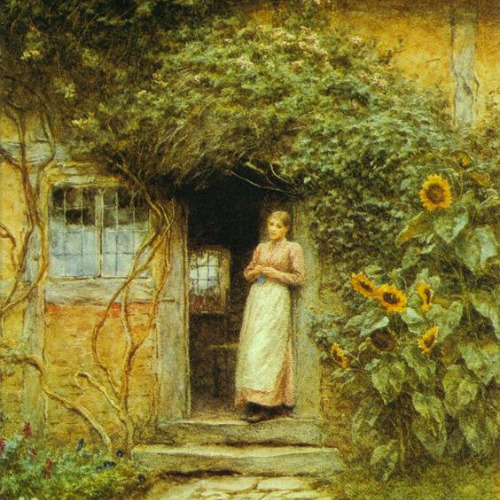
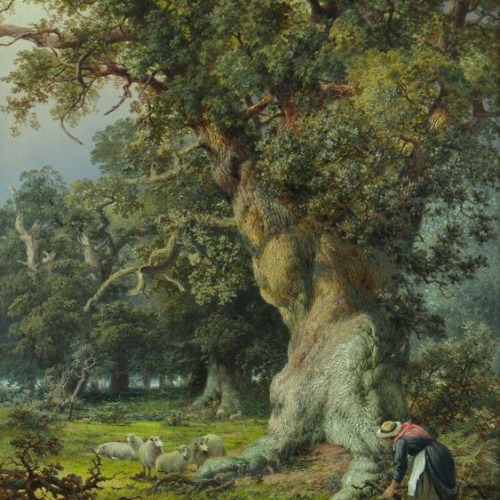
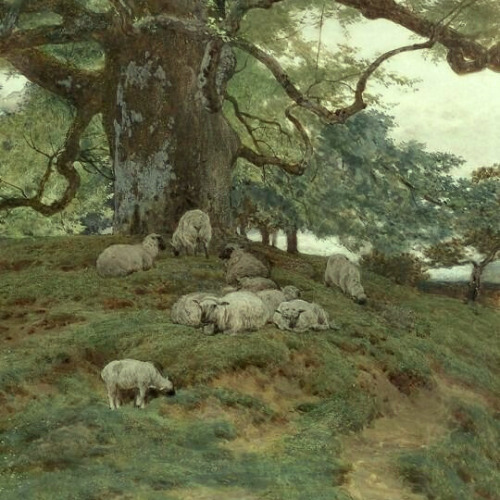
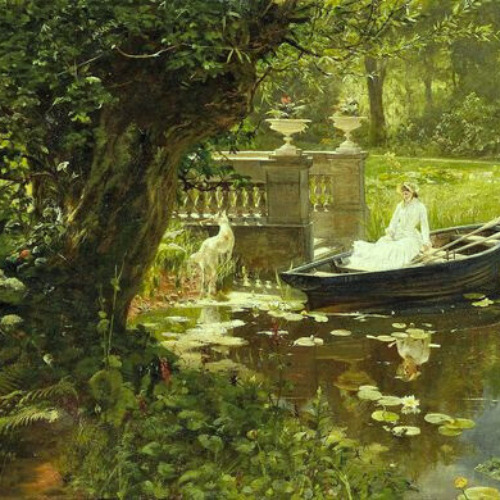
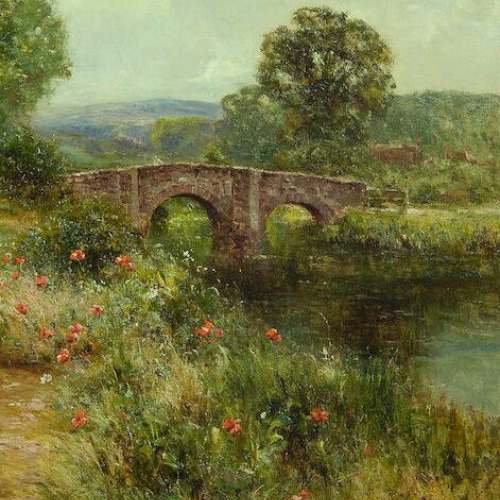
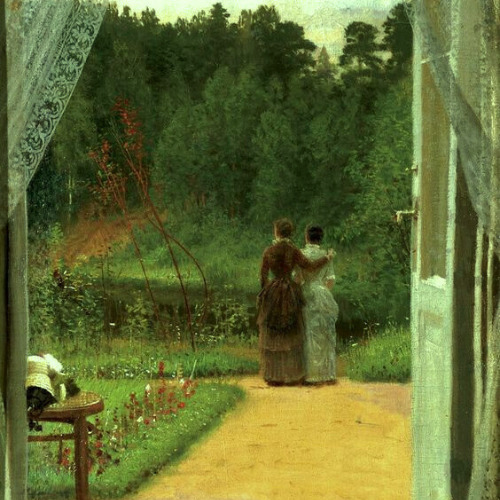

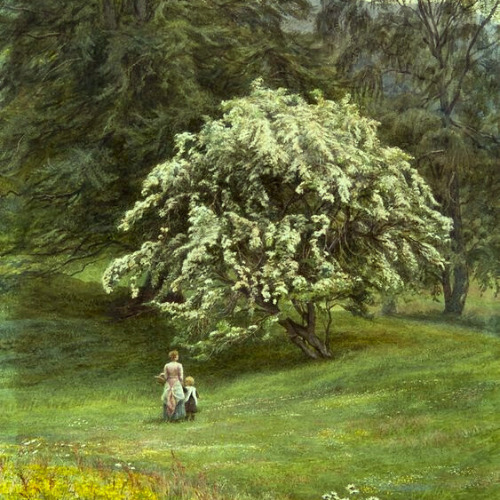
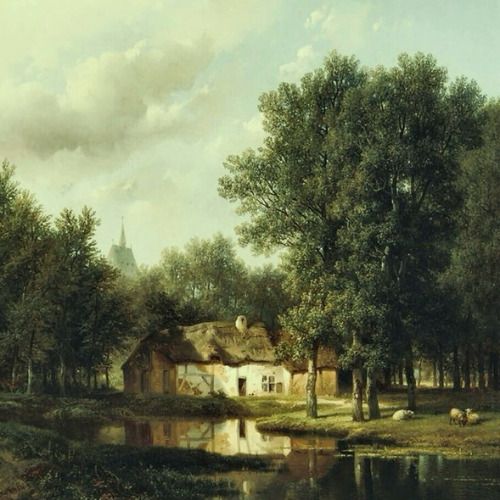
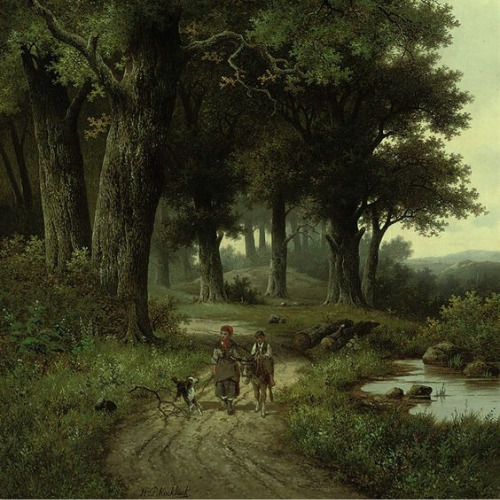

art aesthetics: cottagecore
#artist is francesc masriera#artist is samuel colman#artist is karel purkyne#artist is jan frederik pieter portielje#artist is giuseppe camino#artist is alfred petit#artist is gelhay edouard#unknown artist#artist is albert f laurens#artist is paul mewart#artist is kinuko y craft#artist is peter gardiner#artist is arnold bocklin#artist is cirosata bolarc#artist is hermann heinrich#artist is ludwig sckell#artist is carl ebert#artist is robert zund#artist is robert payton reid#artist is helen allingham#artist is frederick henry henshaw#artist is john dawson watson#artist is gustav marx#artist is ernest walbourn#artist is ivan nikoaevich kramskoy#artist is henry john yeend king#artist is edith martineau#artist is peter ludgwig kuhnen#artist is hendrik pieter koekkeok#artist is emil jakob schindler
641 notes
·
View notes
Text
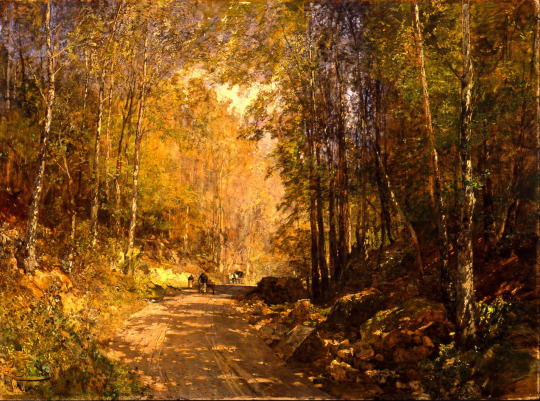
"Forest Lane near Schärfling". 1890.
By Emil Jakob Schindler. Austrian. 1842-1892.
> random-brushstrokes
2 notes
·
View notes
Photo
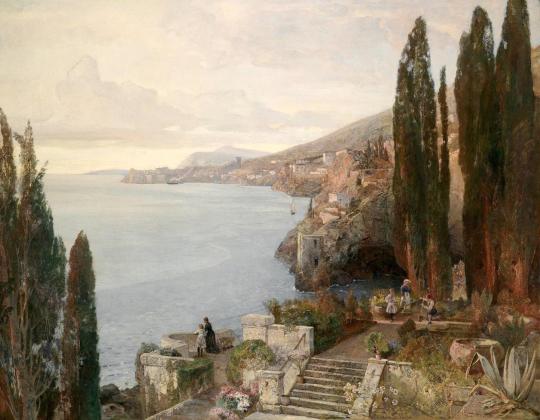
MWW Artwork of the Day (8/27/20) Emil Jakob Schindler (Austrian, 1842–1892) View of Ragusa (Blick auf Ragusa)(1890) Oil on canvas, 140 x 180 cm. Private Collection
The people shown in the foreground are the artist’s wife, the Hamburg singer Anna Bergen, and their daughter Alma, who later married Gustav Mahler and Franz Werfel. The figures on the right in the middle of the work are the painter Carl Moll, shown dressed as a gardener, and Schindler’s second daughter, Grete, who later married the painter Wilhelm Legler. Schindler had rented a house in Ragusa which is clearly visible at the edge of the cliffs. During severe Sirocco winds the waves would break over the cliff, creating a magical spectacle. The work was executed in 1887 during Schindler’s second journey to the Dalmatian coast. Schindler is doubtless the most outstanding practitioner of Austrian mood painting. “He is regarded as a spiritus rector, a leadership figure and shining light”The work here may be regarded as one of the most, if not the most important of Emil Jakob Schindler’s paintings. (from a Dorotheum auction catalog)
4 notes
·
View notes
Text





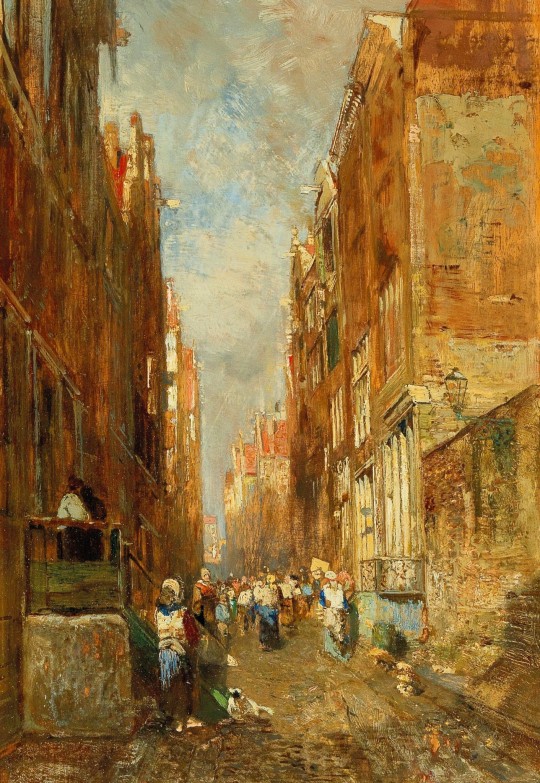




At the Golden Hour
Emil Jakob Schindler (1842-1892), Austrian painter.
As a landscape specialist, this artist, born into a family of cotton spinning-mill operators, will pursue an artistic career. His youth remains little documented. He will be a pupil of the German painter Albert Zimmermann (1808-1888). His daughter, Alma Mahler (1879-1964) will become a recognized painter and musician.
(The pictures shows, in order: Pax, The cemetery of Gravosa near Ragusa, 1891 ; View of Ragusa, 1890 ; Mill weir in Plankenberg, between 1889 and 1891 ; Waldfräuleins birth, 1868 ; Woodland path, unknown date ; A street in the Amsterdam Jewish Quarter, 1877 ; Motif from the Vienna Prater, 1876 ; Scene from the Gesäuse region, 1862 ; Bosnian Refugees in Spalato Cathedral, 1892 ; and finally, On the Dalmatian weeks at Ragusa, 1888)
#art#art history#emil jakob schindler#19th century#landscape#oilpainting#oil painting#oiloncanvas#oil on canvas
333 notes
·
View notes
Text
July 6 2019 Vienna

Happy Anniversary to us! Today is the forthieth anniversary of our first date and the twenty seventh anniversary of our wedding at the Flagstaff Amphitheater, pictured above. It’s been a glorious journey with lots of challenges, as well, and, so far, we have not only survived, but thrived as a couple, and created a beautiful family which we adore. We feel blessed to still be together to “have and to hold” for, we hope, as long as we both shall live.

After breakfast and working out in the hotel’s gym, we walked downtown and had lunch at Trattoria Toscana, sitting outside, or “al fresco”, as it’s said in Italian. The food was wonderful and the views of the shopping area where the restaurant is located were also interesting.


After lunch we walked through the Stadtpark and then over to St. Charles Church, which was absolutely gorgeous inside. There was also a group of young Austalian singers outside who serenaded us and made the experience all the more special.

According to Wikipedia:
“The Stadtpark (City Park) in Vienna, Austria is a large municipal park that extends from the Ringstraße in the Innere Stadt first district up to the Heumarkt (Hay Market) in the Landstraße third district. The park is divided in two sections by the Wienfluss (Vienna River), and has a total surface area of 65,000 square metres (28 acres). Scattered throughout the park are statues of famous Viennese artists, writers, and composers, including Hans Canon, Emil Jakob Schindler, Johann Strauss II, Franz Schubert, and Anton Bruckner. The opulent Kursalon building on Johannesgasse, with its broad terrace that reaches into the park, is the site of popular waltz concerts.”





According to the Vienna sightseeing website:
“St. Charles Church, the last work of the eminent baroque architect Johann Bernhard Fischer von Erlach, finished in 1739 by his son Joseph Emanuel Fischer von Erlach, was built as the result of a vow taken by Emperor Charles VI during a plague epidemic. The church is consecrated to the patron saint of the Habsburg emperor, Saint Charles Borromeo. The exhibits in the small Museo Borromeo include the traveling clothes of the Bishop of Milan.
The renovation of the High Altar, designed by Fischer von Erlach, has been completed and it has regained its original splendor. The opulent frescoes in the cupola by Johannes Michael Rottmayr contain 1250 square meters of incredible splendor and beautiful colors; they show the glory of Saint Charles Borromeo. A panoramic elevator carries visitors to a platform at a height of 32.5 meters, where they can look at the frescoes from close up. The view into the nave from above is breathtaking.”




While walking back to the hotel we decided to commemorate our first date at TGIF restaurant in Denver by stopping at the TGIF restaurant near our hotel. The mango smoothie and sweet potato fries were much better than the food at the dinner forty years ago!

After resting during the hot afternoon, we walked to the Vienna City Center for our anniversary dinner at Silvio Nickol at the Palais Coburg. The food, service, and ambiance were superb. This day couldn’t have been more perfect and a marvelous way to celebrate our forty years together and twenty seven years of marriage.







0 notes
Photo

Stadtpark, vienna 2019.4.7 The Stadtpark (City Park) in Vienna, Austria is a large municipal park that extends from the Ringstraße in the Innere Stadt first district up to the Heumarkt (Hay Market) in the Landstraße third district. The park is divided in two sections by the Wienfluss (Vienna River), and has a total surface area of 65,000 square metres (28 acres). Scattered throughout the park are statues of famous Viennese artists, writers, and composers, including Hans Canon, Emil Jakob Schindler, Johann Strauss II, Franz Schubert, and Anton Bruckner. The opulent Kursalon building on Johannesgasse, with its broad terrace that reaches into the park, is the site of popular waltz concerts. #stadtpark #vienna_online #photographyart #stadtparkwien #stadtwien #vienna #viennalife #wiener #wien #viennaaustria #viennalove #instavienna #viennanow #fineart #viennatouristboard #fineartportrait #welovevienna #fineartphotography #ilovevienna #viennaonly #viennaart #viennacity #prilaga #wienstagram #photography #visitvienna #vienna_city #wonderlustvienna #viennagram #vienna_austria #viennablogger (at Stadtpark, Vienna) https://www.instagram.com/p/BwAqJdtpgGe/?utm_source=ig_tumblr_share&igshid=h07254segswj
#stadtpark#vienna_online#photographyart#stadtparkwien#stadtwien#vienna#viennalife#wiener#wien#viennaaustria#viennalove#instavienna#viennanow#fineart#viennatouristboard#fineartportrait#welovevienna#fineartphotography#ilovevienna#viennaonly#viennaart#viennacity#prilaga#wienstagram#photography#visitvienna#vienna_city#wonderlustvienna#viennagram#vienna_austria
0 notes
Photo

Marie Egner - Selfportrait - 1878
Marie Egner (25 August 1850, Bad Radkersburg - 31 March 1940, Vienna) was an Austrian painter.
She took her first drawing lessons in Graz with Hermann von Königsbrunn, then went to Düsseldorf from 1872 to 1875, where she studied with Carl Jungheim (1830-1886). In 1882, she went to Vienna to live with her mother, but spent her summers at the art colony in Plankenberg Castle, near Neulengbach, where she took lessons with Emil Jakob Schindler until 1887. A study trip to England followed from 1887 to 1889. Shortly after, her first exhibition was held at the Vienna Künstlerhaus. She also exhibited in Germany and England. She established an art school for women, but had to give it up in 1910, for health reasons. After World War I, she became a member of the Austrian Association of Women Artists (VBKÖ). In 1926, the group held a major retrospective exhibition of her work. After 1930, she began to lose her eyesight and withdrew from public life.
28 notes
·
View notes
Text
Transfer Prague - Vienna

Modern Vienna has undergone several historical incarnations. From 1558 to 1918 it was an imperial city—until 1806 the seat of the Holy Roman Empire and then the capital of the Austro-Hungarian Empire. In 1918 it became the capital of the truncated, landlocked central European country that emerged from World War I as a republic. From 1938 to 1945 Austria was a part of Adolf Hitler’s “Greater” Germany, and Vienna became “Greater” Vienna, reflecting the Nazi revision of the city limits. In the decade following World War II, Austria was occupied by British, French, American, and Soviet forces, and Vienna was divided into five zones, including an international zone, covering the Innere Stadt (“Inner City”). In 1955 the State Treaty, by which the country regained independence, was signed with the four occupying powers, and Vienna became once again the capital of a sovereign Austria.
Vienna offers a unique blend of imperial traditions and stunning modern architecture. It is famous for its cultural events, imperial sights, coffee houses, cozy wine taverns, and the very special Viennese charm.

Things to Do in Vienna:
Schönbrunn Palace
Schönbrunn Palace is one of Europe's most beautiful Baroque complexes and has been in the possession of the Habsburgs since 1569. The history of the palace and its vast gardens spans over 300 years, reflecting the changing tastes, interests, and aspirations of successive Habsburg monarchs.Today, due to its historical significance, its unique layout and magnificent furnishings, the palace is a UNESCO World Heritage site.
Belvedere Palace
Magnificent Baroque palace with one of Austria's most valuable art collections. The Baroque palace complex was built as a summer residence for Prince Eugene of Savoy. This baroque architectural jewel consists of two palaces (Upper and Lower Belvedere).
he Vienna State Opera House
One of the world's largest and most splendid theaters, the Vienna State Opera House has hosted many of the world's most prominent composers, conductors, soloists, and dancers. The Vienna State Opera is prized for its exceptional acoustics. There are performances almost 300 nights a year.
Hundertwasser House Vienna
The Hundertwasser House in Vienna is one of Austria’s architectural highlights. The house designed by Friedensreich Hundertwasser, who stood out as an opponent of "a straight line" and any standardization, expressing this concept in the field of building design. The colorfully decorated exterior facade of Hundertwasser House in Vienna draws attention to itself almost magically. Another famous artist's work is the DISTRICT HEATING PLANT SPITTELAU. Friedensreich Hundertwasser has taken on the task of redesigning the exterior of the Spittelau district heating plant. Hundertwasser's vision was that this spectacular industrial construction should be an example of a symbiotic harmony between technology, ecology and art, a reminder to society to mend its wasteful ways.
Stadtpark Vienna
The Stadtpark is a large municipal park. Scattered throughout the park are statues of famous Viennese artists, writers, and composers, including Hans Canon, Emil Jakob Schindler, Johann Strauss II, Franz Schubert, and Anton Bruckner. The opulent Kursalon building on Johannesgasse, with its broad terrace that reaches into the park, is the site of popular waltz concerts.
This is only a small introduction into the great cultural heritage of Vienna and its present.
How to get from Prague to Vienna

It is rather difficult to get to Vienna from Prague by public transport and takes quite a lot of time. For those who value comfort we recommend to choose an individual transfer from / to Vienna, because this method is the most convenient!
https://letisteexpress.cz/en - taxi in Prague
0 notes
Text










A Stroll Through Time
Carl Moll (1861-1945), Austrian painter and gallery director.
He is the founder of the Austrian Art Nouveau movement, the Sezession, with Gustav Klimt (1862-1918). He was a Nazi sympathizer, and committed suicide when the Red Army arrived in April 1945.
His heterogeneous style followed the artistic evolutions of his time, at the crossroads of the 19th and 20th centuries.
(The pictures shows, in order, the evolution of Carl Moll's style: Watermill in Goisern - after Emil Jakob Schindler, Wassermühle in Goisern - nach Emil Jakob Schindler, 1884 ; A street in Ragusa, 1887 ; The Roman ruin in Schönbrunn, Die Römische Ruine in Schönbrunn, 1891 ; The Naschmarkt in Vienna, Der Naschmarkt in Wien, 1894 ; View from the Hohe Warte towards Heiligenstadt, Blick von der Hohen Warte auf Heiligenstadt, circa 1900 ; Stroll in the gardens of the Votivkirche, between 1902 and 1903 ; Girl in the flower meadow, Mädchen in der Blumenwiese, 1909 ; Döbling Wien, 1916 ; Santa Maria della Salute, Venice, 1923 ; and finally, Waidhofen an der Ybbs, circa 1938)
#art#art history#art nouveau#19th century#20th century#carl moll#gustav klimt#austrian art#austrian artist#aesthetic art#art aesthetic
298 notes
·
View notes
Photo

Tina Blau - Selfportrait - ca. 1885
Tina Blau, later Tina Blau-Lang (15 November 1845, Vienna - 31 October 1916, Vienna) was an Austrian landscape painter.
Blau's father was a doctor in the Austro-Hungarian military Medical Corps and was very supportive of her desire to become a painter. She took lessons, successively, with August Schaeffer and Wilhelm Lindenschmit in Munich (1869–1873). Later, she studied with Emil Jakob Schindler at the art colony in Plankenberg Castle, near Neulengbach. They shared a studio from 1875 to 1876, but apparently broke off the arrangement after a quarrel. In 1883, she converted from Judaism to the Evangelical Lutheran Church and married Heinrich Lang (1838–1891), a painter who specialized in horses and battle scenes. They moved to Munich where, from 1889, she taught landscape and still life painting at the Women's Academy of the Münchner Künstlerinnenverein (Munich Artists' Association). In 1890, her first major exhibition was held there. After her husband's death, she spent ten years travelling in Holland and Italy. After her return, she established a studio in the Rotunde. In 1897, together with Olga Prager, Rosa Mayreder and Karl Federn, she helped found the "Wiener Frauenakademie", an art school for women, where she taught until 1915. She spent her last summer working in Bad Gastein, then went to a sanatorium in Vienna for a medical examination. She died there of cardiac arrest. She was given an "Ehrengrab" (Honor Grave) in the Zentralfriedhof. The Vienna Künstlerhaus auctioned off her estate and held a major retrospective in 1917.
16 notes
·
View notes